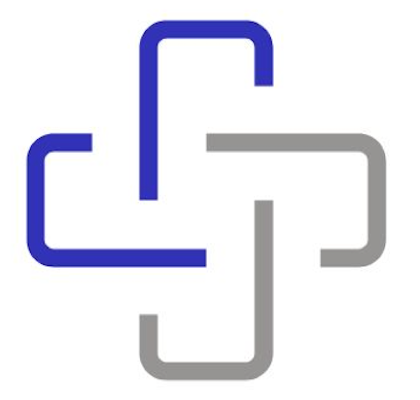Understanding Why Medicare Endorses Chronic Care Management (CCM) and Remote Patient Monitoring (RPM)

Axial Patient Care
38 followers
June 10, 2025
As healthcare evolves to meet the needs of an aging population, Medicare has taken clear steps to support care models that emphasize prevention, continuity, and patient empowerment. Two programs it strongly backs are Chronic Care Management (CCM) and Remote Patient Monitoring (RPM).
But why does Medicare endorse these programs—and what does that mean for primary care practices?
1. Chronic Conditions Require Continuous Care
Medicare beneficiaries often live with two or more chronic conditions such as diabetes, hypertension, COPD, or heart failure. These conditions demand ongoing attention—not just occasional office visits.
CCM provides structured monthly support, helping patients manage their conditions with regular check-ins, medication reviews, and care coordination. RPM enables real-time tracking of vitals like blood pressure or glucose from home, offering early detection and intervention.
These programs help patients avoid complications and stay healthier between visits.
2. Preventing Hospitalizations Saves Money
Chronic conditions are a major driver of Medicare costs. By preventing unnecessary ER visits and hospital admissions, CCM and RPM reduce high-cost, reactive care.
With better care coordination and monitoring, problems can be addressed before they escalate—saving money for both providers and the Medicare system.
3. These Programs Support Medicare’s Value-Based Vision
Medicare is shifting away from volume-based payments toward value-based care, which rewards outcomes, not just services.
• CCM and RPM promote this shift by prioritizing: • Preventive care • Proactive management • Coordinated, continuous support
By endorsing these models, Medicare is reinforcing its goal of delivering higher-quality, lower-cost care.
4. Empowered Patients Drive Better Results
When patients are more engaged in their care, outcomes improve. Medicare supports programs that put patients in the driver’s seat.
RPM encourages daily participation in health tracking, while CCM offers monthly outreach that builds education and trust.
This keeps patients more involved and more likely to follow care plans.
5. Expanding Access for Underserved Areas
Medicare also backs CCM and RPM because they extend care to patients who may not have easy access to in-person visits.
Patients in rural or underserved communities benefit from remote monitoring and phone-based care coordination—bridging the gap in healthcare access.
6. Financial Incentives Encourage Participation
Medicare provides reimbursement for both CCM and RPM, helping providers deliver high-quality care without sacrificing financial sustainability.
These services are reimbursed monthly, generating consistent revenue while also improving patient support.
7. Tools to Support Primary Care Providers
Primary care is the backbone of chronic condition management. Medicare recognizes this—and offers support through these programs.
CCM and RPM help providers manage larger patient populations more efficiently. They reduce administrative burdens and urgent care demands. They make care more sustainable for practices and more effective for patients
8. How Axial Patient Care Can Help
At Axial Patient Care, we partner with primary care practices to make CCM and RPM easy to implement, manage, and grow.
Here’s how we support your team:
We enroll and onboard eligible patients
- We handle device setup and daily monitoring
- We provide monthly care coordination and billing support
- We ensure compliance and clear documentation
All with zero extra burden on your staff.
Let’s talk about bringing these Medicare-endorsed programs into your practice.
www.axialpatientcare.com Denise@axialpatientcare.com
#PrimaryCare #CCM #RPM #Medicare #ValueBasedCare #CareCoordination #ChronicCare #AxialPatientCare #HealthcareInnovation #PracticeGrowth #MedicareAdvantage #ChronicDiseaseManagement

